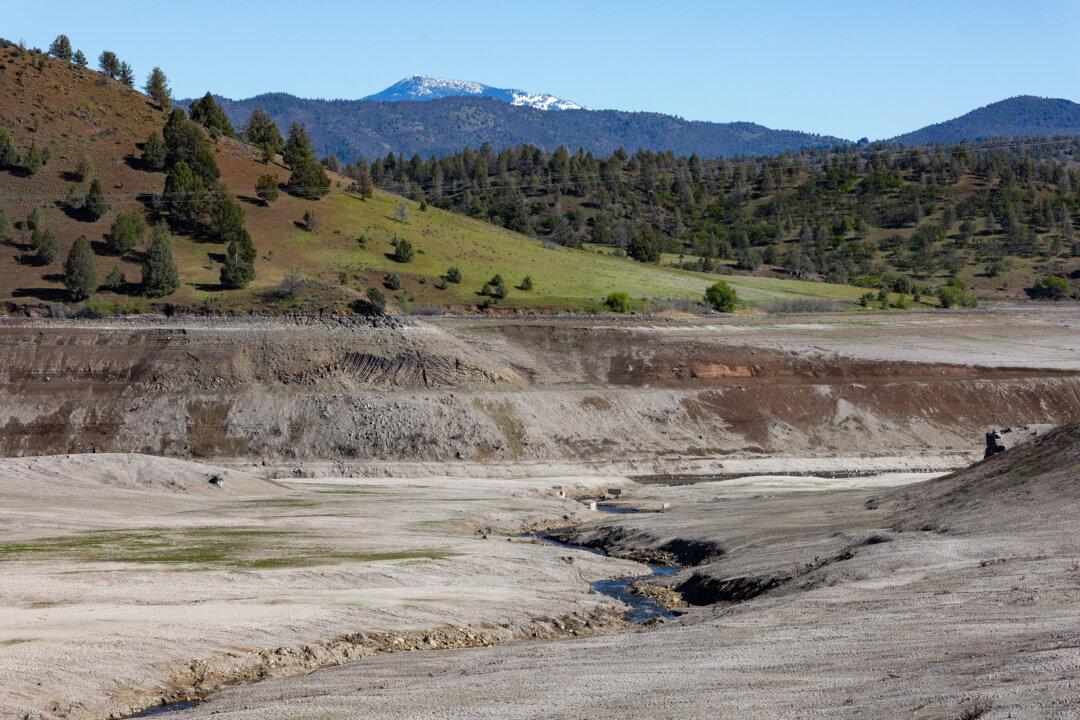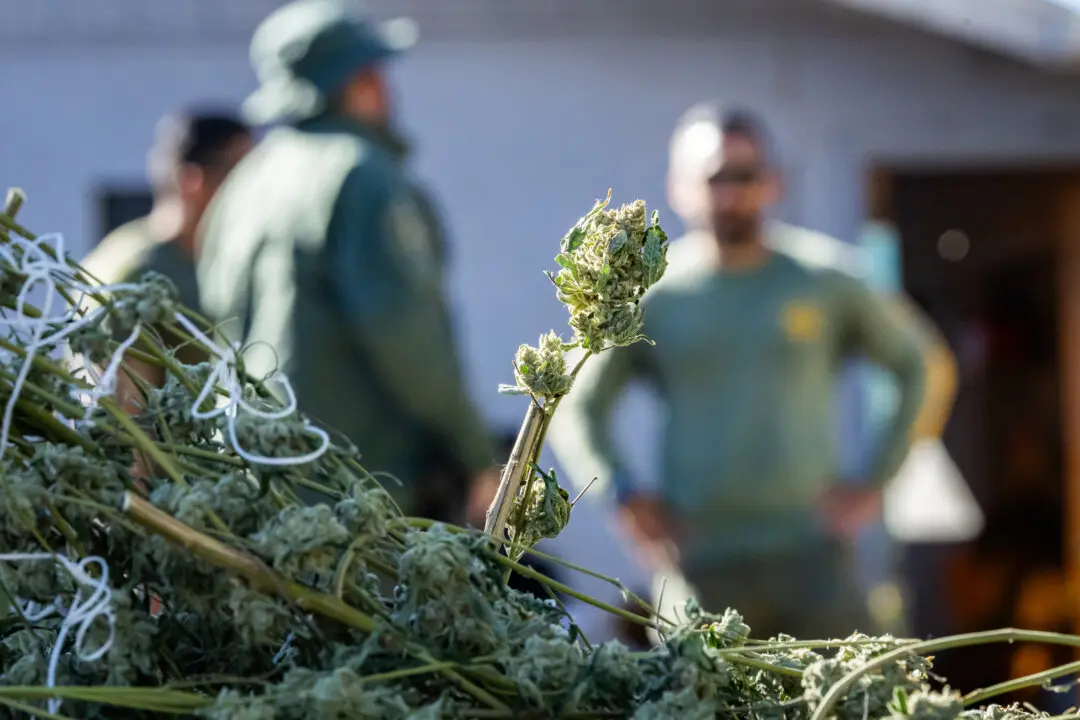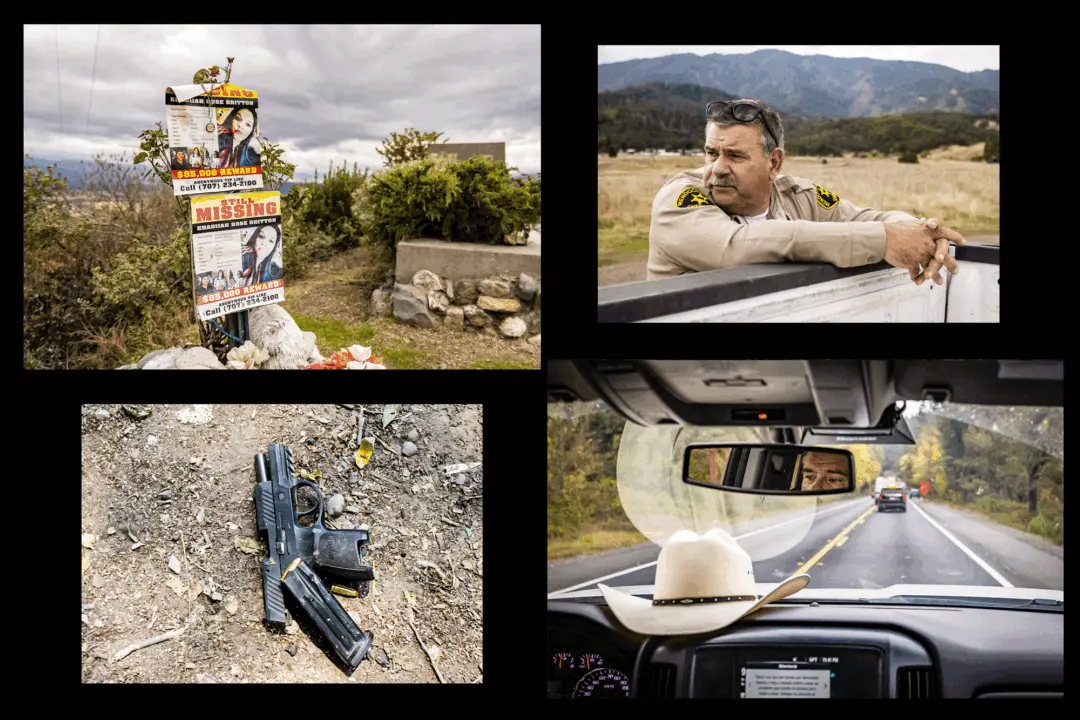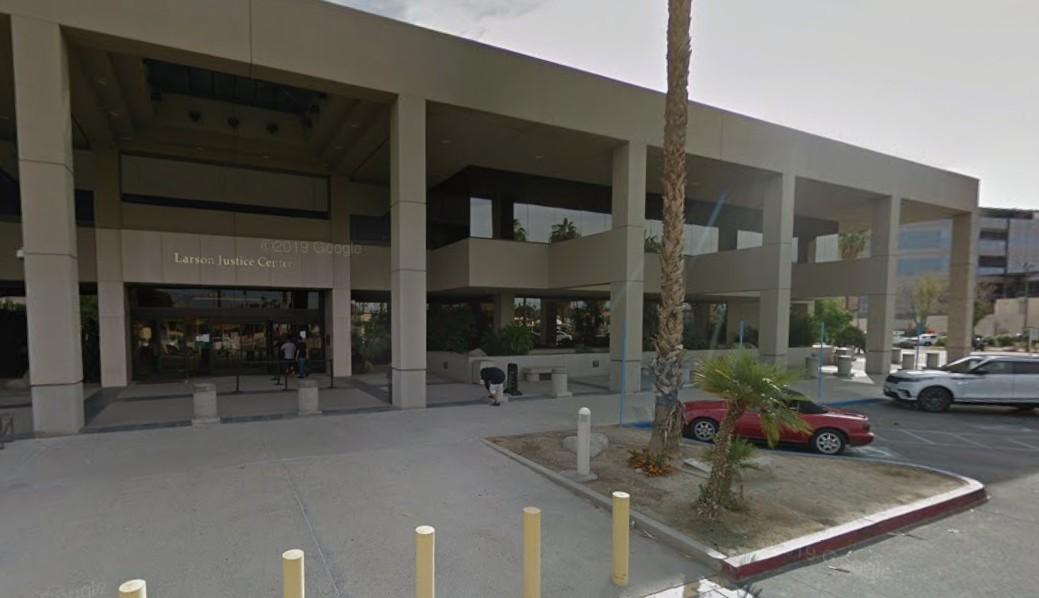The demolition portion of the Klamath River Dam Removal Project to restore salmon habitat in northern California and southern Oregon was completed on Oct. 2.
Work to restore 2,200 acres of formerly submerged lands along the riverbank is expected to take several years, according to California Gov. Gavin Newsom.





